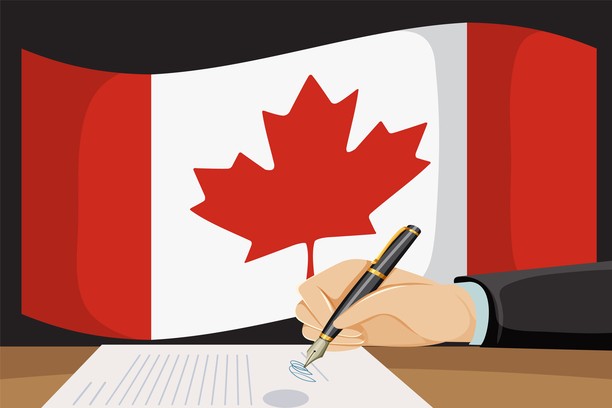

Canada's immigration system has long been a cornerstone of its national identity. It helps grow the economy, supports communities, and fills key labour gaps. With Lena Metlege Diab now appointed as the new Minister of Immigration, Refugees, and Citizenship, Canadians and newcomers alike are wondering: what changes might be on the way in Canada immigration?
Lena Metlege Diab took over the role from Rachel Bendayan in May 2025. Diab is no stranger to immigration matters. She served as Nova Scotia's Minister of Immigration from 2013 to 2021. Her provincial experience gives her a strong understanding of local needs, something many experts see as a valuable asset.
Diab has a reputation for being hands-on, focused, and collaborative. Under her leadership, Nova Scotia attracted more newcomers and worked closely with employers and communities. Now, she steps onto the national stage at a time when immigration is more important than ever.
When a new immigration minister is appointed, it can lead to real policy shifts. Each leader brings their own ideas, priorities, and political goals. For immigrants, employers, and Canadian families, even small changes can have big effects.
Some ministers focus on economic immigration. Others push for more family reunification or refugee support. Diab’s past work suggests she may aim for a balanced approach that works for both communities and the labour market.
Although it is too early to see major policy shifts, there are areas where Diab could take action:
Many people in Canada and abroad are frustrated by delays in visa and PR applications. Diab could push for faster processing and better communication from Immigration, Refugees and Citizenship Canada (IRCC).
Given her Nova Scotia roots, Diab may focus more on programs like the Atlantic Immigration Program. These programs help small provinces attract and keep new Canadians.
Canada has seen a huge rise in international students. Diab might introduce clearer rules for those who want to stay and work after graduation.
Diab has a strong record of working with communities. We might see her invest more in local settlement services and programs that help newcomers feel at home.
With many industries facing shortages, Diab may work with businesses to match skilled immigrants with jobs faster and more effectively.
Being the Immigration Minister is not easy. Diab will face several challenges:
She will need to listen to Canadians and work with all levels of government. Collaboration will be key if she hopes to bring in useful reforms.
If Diab can reduce delays and bring in fairer, clearer rules, it will mean a smoother process for those who want to make Canada home. More support for regional immigration could also mean better opportunities for people willing to live outside big cities.
Employers may benefit from a system that responds more quickly to labour needs. And communities across the country could see more newcomers bring fresh ideas, skills, and energy.
Every leadership change brings uncertainty, but also hope. Lena Metlege Diab's background and experience suggest she is ready for this important role. If she uses what she learned in Nova Scotia, her time as minister could lead to real improvements in Canada’s immigration system.
Canadians will be watching closely. So will the many people around the world who dream of building a life in this country. The future of immigration in Canada is in new hands, and the next few months will show what direction that future might take.
Having an 'Identity Verified' badge or being 'Identity Verified' simply indicates that an individual has submitted information to complete our identity verification process or we have conducted internal verification using various authorized websites. While this process includes safeguards, it does not guarantee that the person is who they claim to be.
If you encounter any issues with this profile, please report them here. While all consultants who are verified have RCIC ID, we may not have the latest data in terms of their renewal/cancellation/discontinuation of their RCIC ID.
The "Verified Consultants" profiles are created using publicly available information, including data from the IRCC website, official consultant sites, other listing platforms, and social media. Immiperts.com is an independent platform, not affiliated with IRCC or any registered immigration consultants. To update, claim, or remove your profile, please contact us at [email protected].
╳